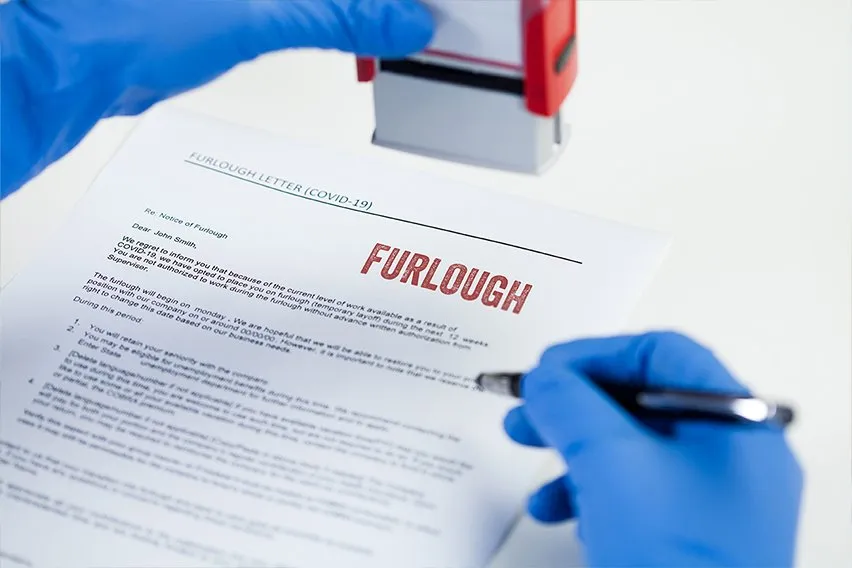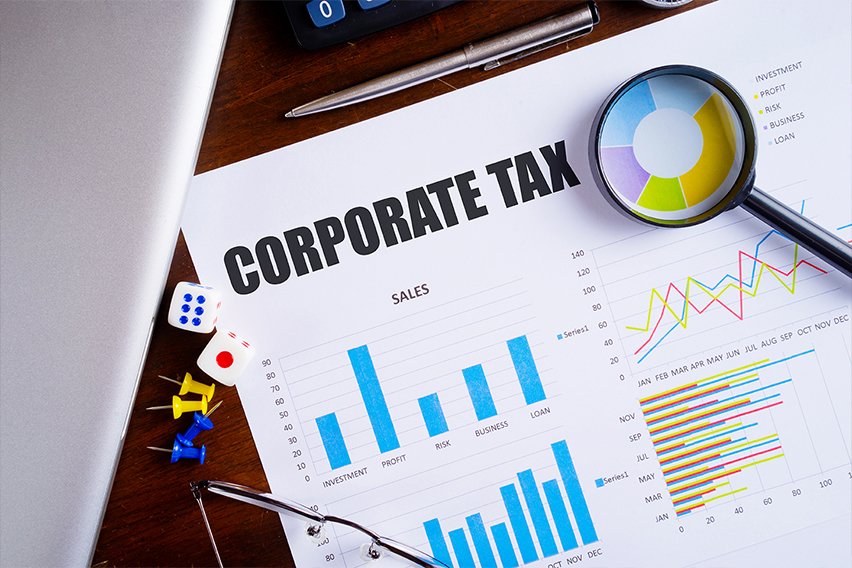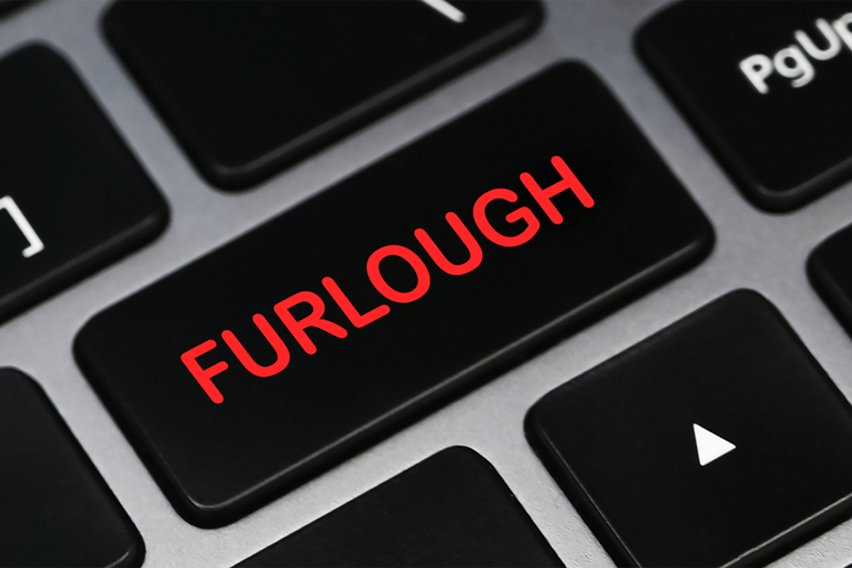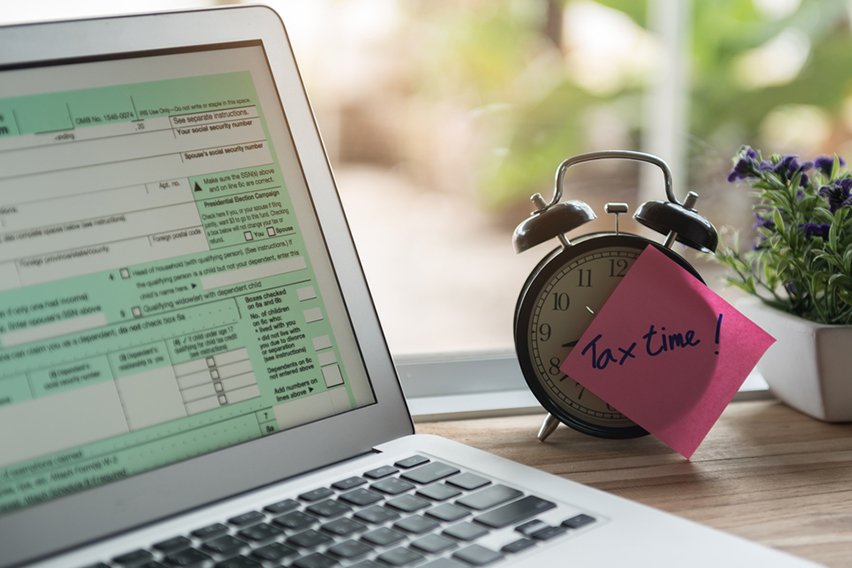What Is Furlough Pay? A Complete Guide

Covid-19 had a huge effect on the job market in the UK when it fully hit the UK in 2020.
Thousands of companies around the world suddenly crashed. The cruising and airline industry took a nosedive and general business operations came to a grinding halt.
There were mass layoffs and thousands of people were subject to a temporary layoff. This left many people worried about where their next paycheck would come from – something that is still affecting people in 2021.
In a bid to help businesses and their workers, the Chancellor announced the Coronavirus Job Retention Scheme in March 2020. This scheme was set out to help cover a furloughed employee’s wages and help businesses retain their employees.
By June 2021, the CJRS supported and furloughed more than 11 million employee jobs all around the UK at the cost of over £65.9 billion.
But what exactly is furlough pay? We’ll give you a breakdown.
Here’s What We’ll Cover:
What Is the Current State of Furlough?
What Is Furlough?
Furlough allows companies to retain staff who have had to stop work for various reasons.
Contrary to popular belief, furlough was not introduced for the first time in the UK during the pandemic. It actually dates back to 1908 when it was used to describe military personnel home on leave.
But in 2020, furlough was reintroduced as a way for businesses to retain their employees.
Furlough works by employers claiming a grant from the government. This grant would originally cover 80% of an employee’s wages. The employer could then choose to top up the remaining 20% if they wanted their employees to receive their full wage.
Essentially, furlough was used to offer businesses breathing space and allow workers in the UK to still receive an income. It also allows for a far easier transition back to work once workers are able.

How Does Furlough Work?
Any business of any size that has been negatively affected by the coronavirus pandemic is eligible to receive a grant from the government.
Although the money from the grant goes to the employee, it’s actually the employer who is responsible for applying for furlough pay. Once they have been given the money, the employer can then pay their employees via their traditional payroll methods.
Furloughed workers would receive 80% of their wages up to a maximum of £2,500 a month. The employer would only have to cover their national insurance and pension contributions.
So for example, if you were originally earning £2,000 a month then under the furlough scheme you would now earn £1,600. Your employer could choose to top up your wages by paying your remaining £400.
Almost any worker that is employed by a company can be furloughed. This includes any full-time or part-time workers. It also includes hourly employees or flexible workers such as zero-hour contracts or agency workers.
If an employee had lost their job just before the pandemic hit, an employer was allowed to rehire unemployed workers and put them on furlough.
What Is the Current State of Furlough?
The original furlough scheme was planned to end in May 2020, but it has since been extended four times.
The current deadline is now the 30th of September, 2021. Both Chancellor Rishi Sunak and Prime Minister Boris Johnson have said it will not be extended any further.
In terms of the payments, the government no longer pays 80% of a furloughed employee’s wages.
From the 1st July 2021, the government only paid 70% of the furloughed employees’ wages up to £2,187.50 a month. The employer now has to make up the remaining 10%, but can still choose to top up the remaining 20%.
In August and September, staff on furlough will receive 60% of their wages up to £1,875 a month, while the employer will make up the 20%.

Key Takeaways
Furlough pay was an effective method for both employers and employees during the Covid-19 pandemic.
It allowed workers to still earn a wage whilst they were in lockdown and allowed employers to retain their staff.
The global pandemic is seemingly nearing an end. Therefore, the government has decided that there is no longer a need for furlough payment to continue. So if you are still currently on the scheme, it would be best to prepare for the final date of 30th September.
Are you looking for more business advice on everything from starting a new business to new business practices?
Then check out the FreshBooks Resource Hub.
RELATED ARTICLES

 How to Pay Corporation Tax?
How to Pay Corporation Tax? What Is Flat Rate VAT Scheme & How It Benefits Business
What Is Flat Rate VAT Scheme & How It Benefits Business What Is Corporation Tax? Definition & Calculation
What Is Corporation Tax? Definition & Calculation 4 Best Furlough Calculators to Calculate a Coronavirus Furlough Claim
4 Best Furlough Calculators to Calculate a Coronavirus Furlough Claim Online Tax Return: Guide to File Self Assessment Tax Return
Online Tax Return: Guide to File Self Assessment Tax Return How to Register as Self-Employed in the UK? A Step-by-Step Guide
How to Register as Self-Employed in the UK? A Step-by-Step Guide